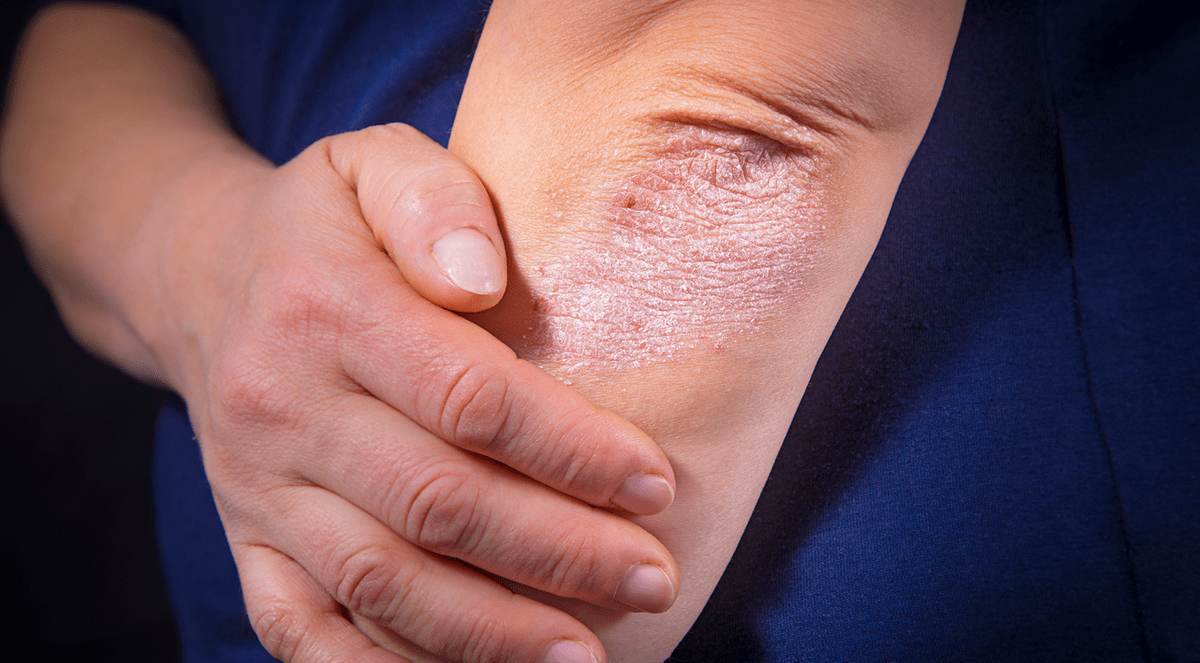Autoimmune bullous illnesses are a category of chronic inflammatory disorders characterised by autoantibodies that target structural proteins of the desmosomal and hemidesmosomal plaques in the skin and mucosa, resulting in intra-epithelial or subepithelial blistering. Mucous membrane pemphigoid, pemphigus vulgaris, and paraneoplastic pemphigus are all illnesses that affect the oral mucosa. The clinical symptoms are variable and might include erythema, blisters, erosions, and ulcers anywhere on the oral mucosa, as well as severe complaints such as discomfort, dysphagia, and foetor. Clinical manifestations of autoimmune bullous disorders frequently overlap, and diagnosis cannot be determined solely based on clinical characteristics. Immunodiagnostic tests are quite useful in distinguishing between illnesses. In mucous membrane pemphigoid subtypes, direct immunofluorescence microscopy reveals autoantibody depositions throughout the epithelial basement membrane zone, but in pemphigus variations, autoantibodies are deposited on the epithelial cell surface. Additional immuno serological assays can help distinguish between pemphigoid subtypes and are required to distinguish between pemphigus and paraneoplastic pemphigus.
This study includes an overview of the clinical features of oral lesions as well as diagnostic techniques in autoimmune blistering disorders, as well as a diagnostic algorithm for everyday use.
Reference:https://link.springer.com/article/10.1007/s40257-019-00461-7


